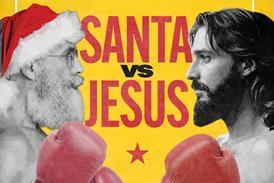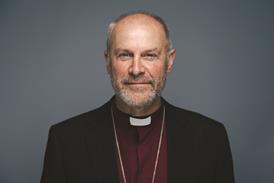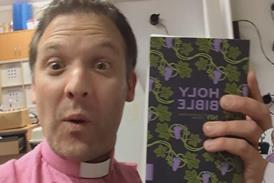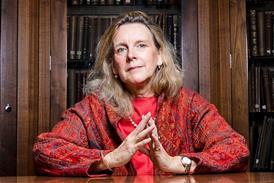25 years on from the Good Friday Agreement, the Church still has a vital role to play
By  David Smyth2023-03-27T11:23:00
David Smyth2023-03-27T11:23:00

David Smyth shares his experience of growing up in Northern Ireland during the Troubles, and considers the role of the Church in sustaining peace
Growing up during the Troubles, I remember my father taking turns on ‘car-park duty’ at church each week. This was to make sure no one stole our cars while we were worshipping – or so I thought. I only found out years later that the real reason was to deter anyone from attaching bombs to the vehicles of the police officers in the congregation. Alongside others, he was helping to create a literal safe space where, for a short time at least, policemen and women could worship without fear.
Today, if you look at a map of Northern Ireland overlaid with a religious breakdown of Protestants and Catholics, you will still see physical divisions. I grew up in Hillsborough, a few hundred yards from the only royal palace in Northern Ireland. Unsurprisingly, the village was 98 per cent Protestant. My friend grew up in South Armagh, a few hundred yards from the border. Her village was 98 per cent Catholic. This is why many young people still do not have any real friends from the ‘other’ community. Even in more mixed areas, people often go to different schools, read different newspapers and follow different sports teams.
Related articles
-
 Opinion
OpinionMy song ‘Shine Jesus Shine’ has been voted the no.1 assembly banger. This is how it became an anthem
2025-12-09T14:01:00Z By Graham Kendrick
Worship leader Graham Kendrick reflects on how his 1987 song ‘Shine Jesus Shine’ has endured across generations, spreading from church halls to Glastonbury Festival and even being voted the nation’s favourite school hymn
-
 Opinion
OpinionNetflix’s House of Guinness turned my husband’s evangelist grandfather into a vindictive villain
2025-12-09T09:41:00Z By Michele Guinness
Netflix’s House of Guinness may be gripping television, but it bears little resemblance to historical truth - particularly when it comes to evangelist Henry Grattan Guinness, writes his granddaughter-in-law
-
 Opinion
OpinionThere’s a crisis shutting down Britain’s schools. Blame has been apportioned to everything — except abortion
2025-12-05T14:53:00Z By Christian Hacking
Nearly 100 state-funded schools have closed in the past four years, with 30 more expected in London by next September. The cost of living isn’t to blame, argues Christian Hacking — but unprecedented abortion rates are
More from Features
-
 Magazine Features
Magazine FeaturesSanta vs Jesus: When Claus meets the Christ
2025-11-28T11:20:00Z By Paul Kerensa
They’re often pitted against one another, but new research from Paul Kerensa has revealed it hasn’t always been this way. Can the Sleighman and the Saviour be friends after all?
-
![Jesus-myths-01-[Recovered]](https://d17xjl6rg4e8ic.cloudfront.net/Pictures/100x67/6/3/7/45637_jesusmyths01recovered_933246.jpg) Magazine Features
Magazine Features6 myths about Jesus debunked
2025-11-28T10:05:00Z By Jared Brock
Given it’s his birthday (kind of), it’s only fair we get to know the real Yehoshua ben Yehoseph. Jared Brock separates fact from fiction
-
 Magazine Features
Magazine FeaturesChurch is overwhelming for many. Here’s how to help
2025-11-28T03:29:00Z By AJ Gomez
Church should be a refuge – but for many, attending a Sunday service is tough. AJ Gomez investigates why some Christians find gathering together difficult, and what both leaders and individuals can do to help
- Issues
- Topics A-Z
- Writers A-Z
- © 2025 Premier Christianity
Site powered by Webvision Cloud


























